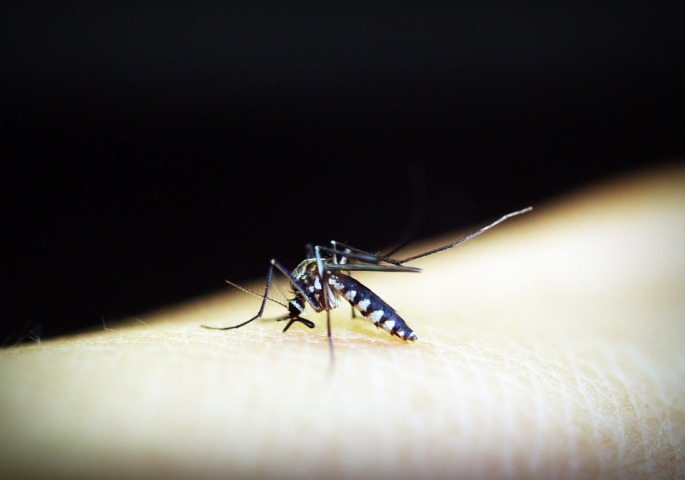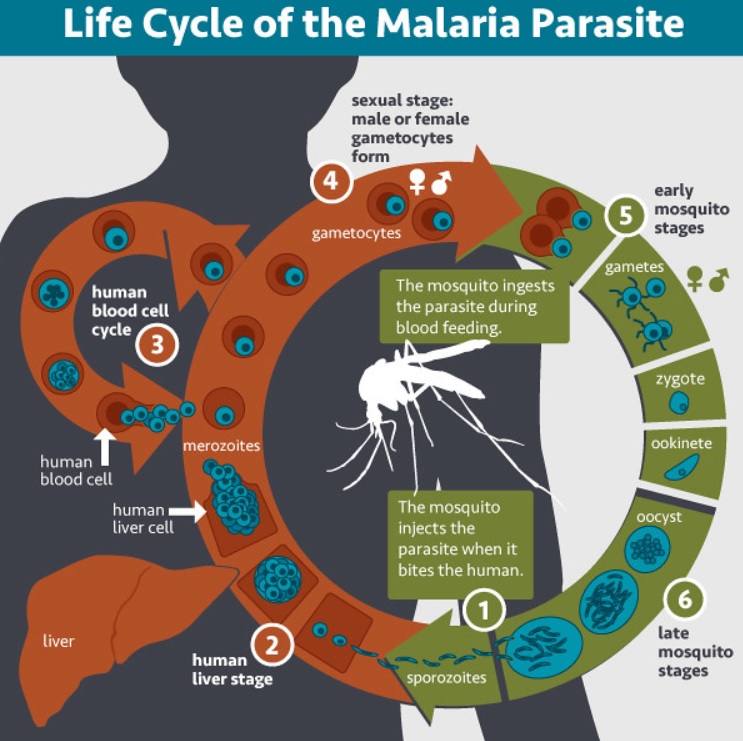World Malaria Day: How Malaria kills one child every two minutes

Malaria is an infectious disease caused by parasites that are transmitted to people through the bites of infected female Anopheles mosquitoes. According to the World Health Organization (WHO), there were an estimated 219 million cases and 435, 000 Malaria-related deaths in 2017. WHO's World malaria report 2018 shows that after an unprecedented period of success in global malaria control, progress has stalled. Most malaria cases and deaths occur in sub-Saharan Africa.
Every year, April 25 is observed as World Malaria Day to raise awareness about the entirely preventable disease and recognise the global efforts to control it. This year's theme focuses on "Zero malaria starts with me", a grassroots campaign by the WHO that aims to:
- keep malaria high on the political agenda
- mobilize additional resources
- empower communities to take ownership of malaria prevention and care
The campaign engages all members of society, political leaders who control government policy decisions and budgets, private sector companies that will benefit from a malaria-free workforce, and communities affected by malaria, whose buy-in and ownership of malaria control interventions is critical to success.
Video Credit: WHO
Symptoms:
Malaria symptoms typically include fever, shivering, headache, vomiting, tiredness, respiratory distress and chills. If untreated, it may progress to severe illness, often leading to death in severe cases. Severe malaria is usually caused by P. falciparum. The symptoms usually appear 10–15 days after the infective mosquito bite.
Prevention:
Preventive measures include medications, mosquito elimination and the prevention of bite that may be more cost-effective than treatment of the disease. WHO recommends protection for all people at risk of malaria with effective malaria vector control that comprises of methods used to decrease malaria by reducing the levels of transmission by mosquitoes.
Diagnosis and treatment
Early diagnosis and treatment of the deadly disease are critical to prevent its transmission and deaths. Simple or uncomplicated malaria may be treated with oral medications. The best available treatment, particularly for P. falciparum malaria, is artemisinin-based combination therapy (ACT). WHO recommends that all cases of suspected malaria be confirmed using parasite-based diagnostic testing (either microscopy or rapid diagnostic test) before administering treatment.

Image Credit: Flickr










